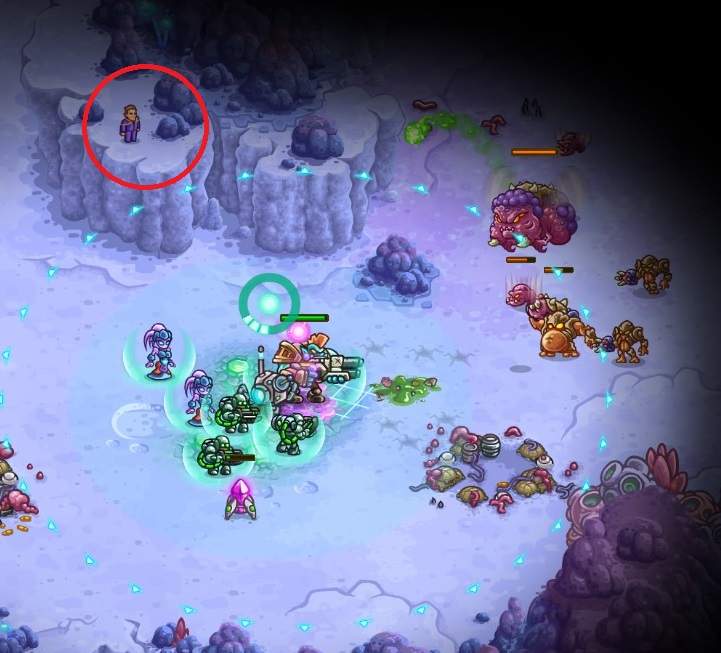

Notably, during the production of silk cloth, the sericin protein is discarded.In a previous study, we reported the dyeing property of silkworm cocoon (,). Silk emitted by the silkworm consists of two main proteins, sericin and fibroin, with fibroin being the structural center of the silk, and sericin being the sticky material surrounding it. By contrast, a higher antioxidative property was determined in white sericin protein by the ESR method. A comparison of the two types of sericin proteins revealed that yellow-green sericin protein exhibited high antioxidative properties as indicated by the DPPH, chemiluminescence and ORAC methods. High antioxidative properties of sericin proteins were indicated by all four methods. The antioxidative properties were measured in sericin proteins extracted from the shell of the cocoon, designated hereafter as white sericin protein and yellow-green sericin protein, as well as bread without sericin protein and bread to which white sericin powder had been added using four measurement methods: 1,1-Diphenyl-2-picrylhydrazyl (DPPH), chemiluminescence, oxygen radical absorbance capacity (ORAC) and electron spin resonance (ESR). In this study, we focused on the antioxidative properties of sericin proteins. Recent efforts have focused on the use of sericin proteins extracted from cocoons of silkworm as a healthy food source for human consumption.


 0 kommentar(er)
0 kommentar(er)
